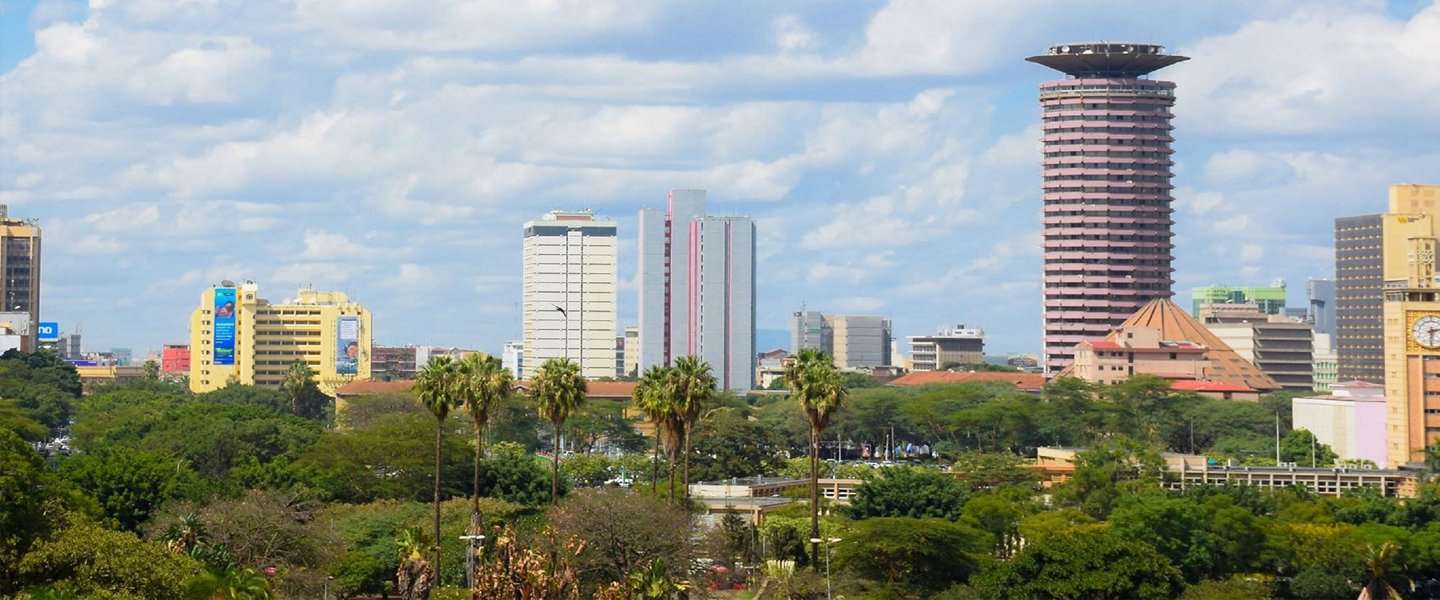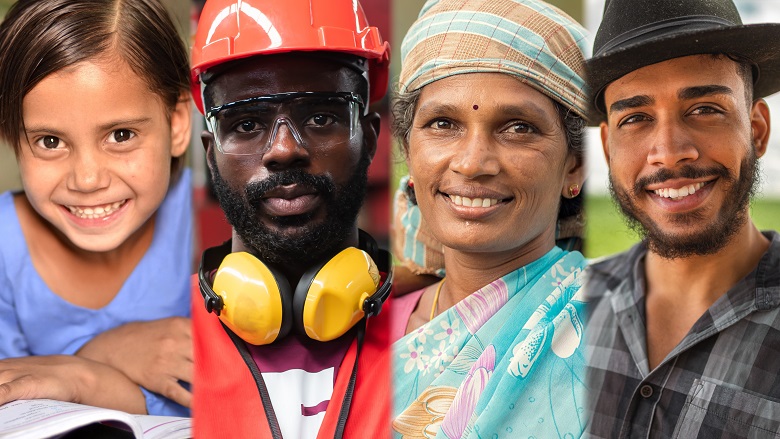
New Commodity Markets Outlook
The latest World Bank report shows global commodity prices are leveling off after a steep descent, which could make it harder for central banks to cut interest rates quickly.

2024 Spring Meetings: Vision to Impact
From new partnerships and bold plans to innovative financing tools, catch up on all the highlights from the 2024 Spring Meetings.

IDA: A Catalyst for Development
IDA has been helping the world's poorest countries lift themselves out of poverty since its inception in 1960. Many IDA graduates have also returned as donors.
Learn About Our Priorities
Access the World Bank's portfolio of more than 12,000 development projects, including current and historical data since 1947.
Research
We provide analysis and advice for developing countries












